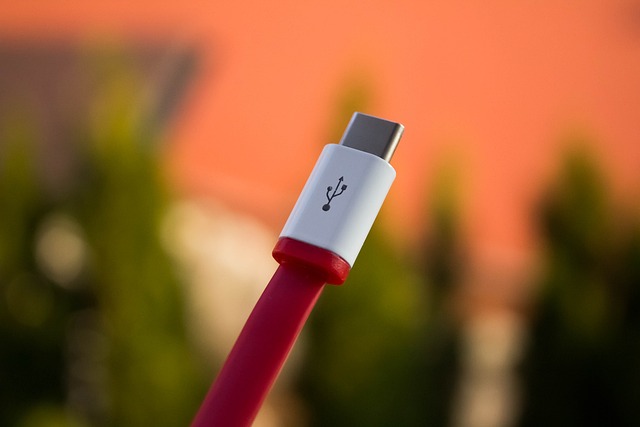
Some types of cables are designed to transfer data. Known as data cables, they are commonly used in information technology (IT) infrastructures and telecommunications systems. Data cables look like most other cables. Rather than supplying the devices to which they connect with power, data cables supply them with data.
What Are Data Cables?
Data cables are used to transfer data from a transmitter to a receiver. Transmitters are devices that transmit data, whereas receivers are devices that receive data.
Data consists of nothing more than 1s and 0s. This binary format is the foundation on which data cables operate. Data cables can send 1s and 0s from a transmitter to a receiver in the form of electrical signals or light pulses.
Data Cables vs Power Cables
There are data cables, and there are power cables. Data cables are used to transfer data, whereas power cables are used to supply power to devices.
From computers and printers to rechargeable cameras and more, many devices require power. Most data cables aren’t capable of providing devices with power. Rather, they are used exclusively for transferring data. Power cables offer a solution. They feature conductors that are designed specifically to carry electricity to the device to which they connect.
Common Types of Data Cables
All data cables are designed to transfer data from a transmitter to a receiver, but they are available in different types. There’s twisted pair data cable, such as Cat5, Cat6, Cat7 and Cat8 cable. Known collectively as “cat cable,” it was pioneered by the Electronic Industries Alliance (EIA) in the mid-1990s. Since then, cat cable has become increasingly popular. It’s commonly used in networks and network-connected devices for data transmission purposes.
Coaxial is another common type of data cable. It features a copper conductor with a metal shield. The metal shield helps to block interference, resulting in a stronger signal across long distances. Coaxial cable is commonly used in telecommunications applications.
We can’t talk about data cables without mentioning fiber optic. It’s arguably the most unique type of data cable. Also known as optical fiber cable, it’s characterized by the use of light pulses.
Fiber optic cable is made of bundles of thin strands of silica or glass. Silica and glass are both transparent, so they can carry light pulses. Fiber optic cable can send data from a transmitter to a receiver via light pulses. The light pulses will propagate through the silica or glass strands, at which point they’ll reach the receiver.

